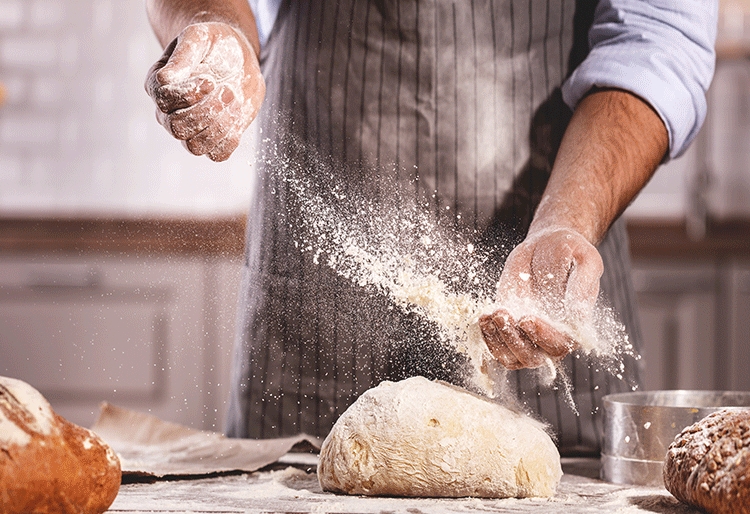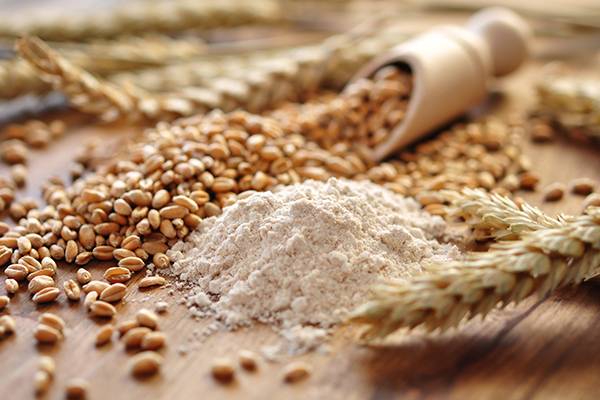Types of flour and their main uses.
A mild sauce, a spongy sponge cake, a consistent pizza dough, a crunchy batter... the secret is in the flour. Rice, rye, lentils, spelt... Today, there is a great variety in the market, but which is the best for each dish?
TRIED AND TESTED
Share

Indispensable for making bread, flour is also used as a base for pasta, as a thickener, for batters, pastry recipes, tempura... Flour is a fine powder, usually obtained from milling a cereal or legume.
Types:
Although traditionally the most commonly used flour is wheat, in recent years there has been a considerable increase in supply, both in the variety of source of its main ingredient, and for the possibilities of use they offer. These are some of the most commonly used flours.
With gluten
• Wheat: is the most commonly used flour and it is also the one that offers more varieties. Strong flour, pastries, with bran or for frying...
• Barley: has less gluten and needs to be mixed with other flours for bread making.
• Spelt: is a cereal that in recent years has become an alternative to wheat. It has less gluten and offers a more toasted note to cooking.
• Rye: is distinguished by its dark shade. It is used mixed with wheat for making breads and biscuits. It is traditionally used in the countries of Northern and Eastern Europe.

Gluten-free
• Oats: widely used for celiac cooking. Suitable for biscuits, sauces and pastas.
• Rice: obtained from the grain of white and brown rice. Recommended for cakes, sauces or soups. It is used to make the rice noodles which are traditional in Asian cuisine.
• Corn: is the result of the milling of corn grains. It is not suitable for making bread if not mixed with other flours, but it is used for some biscuits or buns. It offers a characteristic yellowish tone. It is widely used in Latin America for the preparation of pancakes.
• Chickpea: obtained by grinding dried chickpeas. Suitable for doughnuts and fritters.
Some features to keep in mind:
• Strength: is the ability to retain air in the mixture. The more proteins and more gluten, the stronger the flour will be. Strong flour is recommended for making bread and for confectionery, as it offers volume and sponginess.
• Resistance: is the 'opposition' offered by the dough when stretched.
• Elasticity: the facility to be moulded. It is especially important for pastas and pastry recipes.
• Grain. Depending on the type of milling, the flour can be refined, where it is subjected to industrial processes to create finer particles, or it can be wholemeal, which comes from the whole grain.






